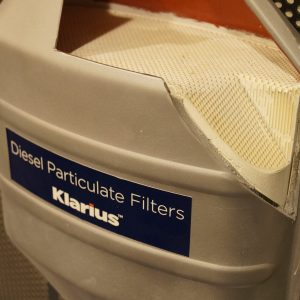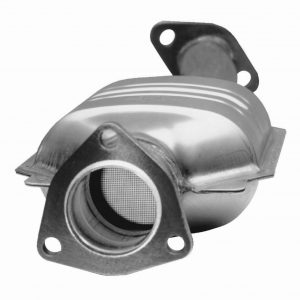Technical Guides
Check out our comprehensive technical guides, which address many of the engineering aspects of emissions components. Exhausts, catalytic converters and diesel particulate filters are explored by highly qualified Klarius technicians – as well as common failure modes and general advice.
Have a topic you’d like us to cover? Get in touch.
View videos, read case studies and engage with the technology that is currently shaping modern day emissions systems below:
Klarius employs highly trained engineers who are experts in automotive emission control technology. An integrated production methodology that encompasses design, manufacturing and testing in one facility ensures a huge company knowledge base. Through our experiences delivering market leading components to customers and distributors, we try to tackle preconceptions on emissions components so you can have an efficient, environmentally friendly and reliable product to sell or use.
Our great experience working with garages and technicians means we are well informed on technical issues, which influences our product range. With our commitment to producing aftermarket parts for both the latest models and classics, our engineers utilise an inherent knowledge of vehicles to offer advice and guidance to our users.
We even offer training for approved garages via our IMI accredited Emissions Training initiative, which offers qualifications for knowledge on emissions components, failure modes and governing legislation. To learn more, visit Exhausts-Direct.net.





